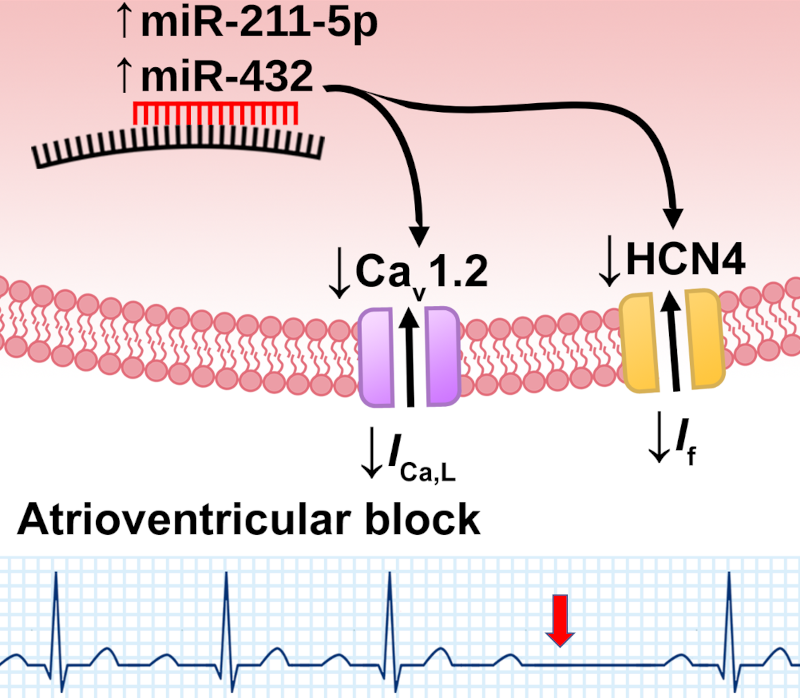Most endurance athletes present with low basal heart rate. Readers of Physiology textbooks are learnt that this phenomenon is due to exercise-induced high vagal tone, even though vagal tone has never been directly measured in athletes. Low basal heart rate is a physiologic adaptation to exercise and athletes are considered as some of the healthiest individuals.
However, they can present with dysfunction of the atrioventricular node (AV node), manifesting as first-or second-degree AV block. AV block is well tolerated by the young athlete, but clinical studies indicate that it can become pathological in the long term. Indeed, veteran athletes have a higher incidence of bradycardia (excessively low heart rate) and risk of electronic pacemaker implantation.
The generally accepted view of the role of vagal tone in training-induced AV block is now challenged by a collaborative study between the Universities of Manchester and Copenhagen, in association with the team leaded by Matteo Mangoni at the IGF. Using equine and murine models of endurance exercise, this study presents evidence that training-induced AV node dysfunction is intrinsic to the heart and cannot be attributed to high vagal tone. Instead, it uncovers a predominant role for intrinsic electrical remodelling of AV node myocytes characterised by transcriptional and functional downregulation of L-type Cav1.2 calcium channels and hyperpolarization-activated HCN4 channels (and their corresponding ionic currents), responsible for action potential generation and conduction.
The study also shows that the transcriptional remodelling of the AV node ion channels is linked to a repressive microRNA signature, and that in vivo microRNA suppression can reverse AV node dysfunction.
In conclusion, the study demonstrates a new mechanism in regulation of conduction of the cardiac impulse and indicates in microRNAs controlling expression of ion channels a potential therapeutic target to handle AV block.

Following long-term endurance physical exercise there is an increase in expression of microRNAs (miR-211-5p and miR-432), which control negatively the expression of two key ion channels involved in the generation and conduction of the atrioventricular action potential: L-type Cav1.2 calcium channels underlying the cardiac ICa,L current and hyperpolarization-activated HCN4 channels underlying the “funny” current (If).
The bottom panel shows an idealized ECG tracing showing 2nd degree AV block as a missing ventricular beat (arrow).


